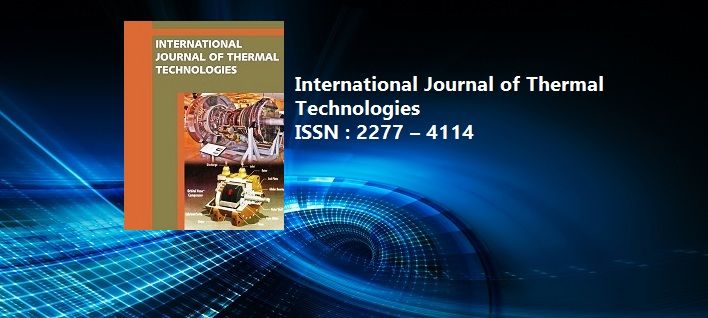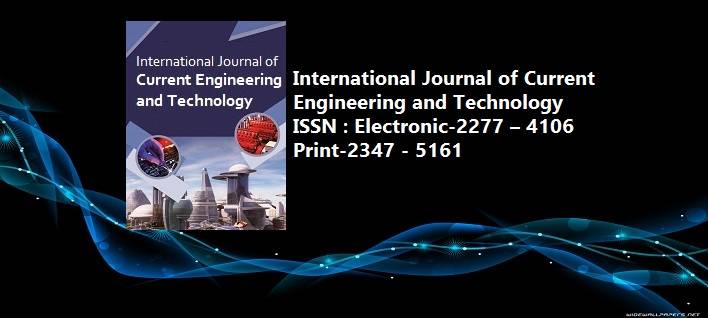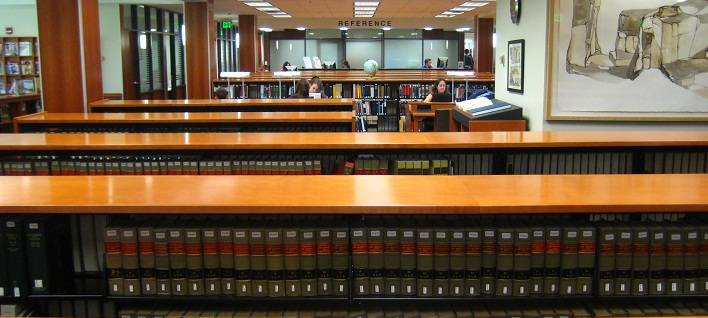A Review on Different Micromixers and its Micromixing within Microchannel
Pages : 409-413;http://dx.doi.org/10.14741/Ijcet/22774106/spl.4.2016.83
Download PDF
Abstract
Micromixing technology has experienced rapid development in the past few years. Micromixers represent one of the essential components in integrated microfluidic systems for chemical, biological and medical applications In general, macro-scale mixing is achieved with turbulence while mixing in micro-scale is done by diffusion. This is due to low Reynolds number i.e laminar behavior of the flow in micro channels. Micro-mixer with obstacles located on the channel wall as well as waveform configurations are used to enhance mixing in the channel, so as to reduce the mixing length. Micro channels with different geometric layout and with different shapes and sizes of obstacles such as rectangular, triangular and semicircular enhance their mixing length. The triangular obstacles within the T as well as Y channel gave minimum mixing length for the same distance between the obstacles. The commercial computational fluid dynamics tool for micro-fluidics, known as Comsol multyphysics, is used to study the effect of different configuration on pressure drop as well as to study the mixing of two fluids in different configurations. Computational fluid dynamics (CFD) is often used to rigorously examine the influence of the shape of microchannels on mass transport phenomena in the flow field. Fabrication of micro channels is done on PDMS and Photochemical Machining. The fabrication of microfluidic by PDMS is easier and more flexible than in silicon or glass. The use of PDMS as a material reduces the time, complexity, and cost of prototyping. It is observed that mixing length required for Plain channel without obstacle is more than channel with obstacles. Because due to obstacles, turbulence is created at tip of obstacles which increases mixing rate.
Keywords: Micromixing, Microchannel, PDMS, Photochemical Machining.



















 MECHPGCON, MIT College of Engineering, Pune, India
MECHPGCON, MIT College of Engineering, Pune, India AMET, MIT College of Engineering, Pune, India
AMET, MIT College of Engineering, Pune, India International Conference on Advances in Mechanical Sciences
International Conference on Advances in Mechanical Sciences  International Symposium on Engineering and Technology
International Symposium on Engineering and Technology International Conference on Women in Science and Engineering
International Conference on Women in Science and Engineering




